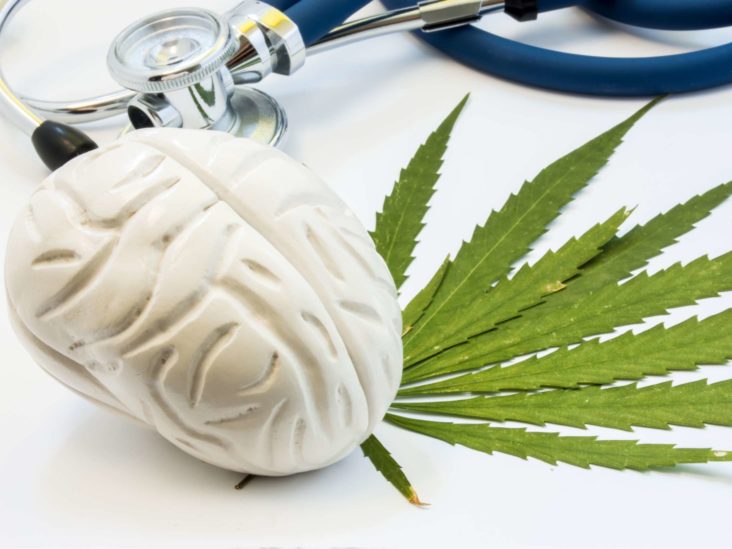Is Toilet Paper a Source of Cancer-PFAS in Wastewater?
According to researchers, PFAS—also known as potentially dangerous substances—may be released into wastewater systems by using toilet paper. In addition to cosmetics and cleansers, PFAS are also present in paper products.
According to them, a variety of health problems, including cancer, infertility, and liver disease, are thought to be exacerbated by the chemicals. The presence of potentially dangerous compounds known as PFAS in groundwater has been linked to the use of toilet paper.

Cosmetics, cleansers, and firefighting foams are only a few examples of the numerous consumer goods that include per- and polyfluoroalkyl substances (PFAS).
PFAS are suspected of contributing to a number of illnesses, including cancer, lowered immunity, and issues with reproduction and development. However the study is not conclusive in this regard.
What researchers found?
The most frequently found PFAS in sewage sludge samples, while at low levels, was one specific molecule, termed 6:2 diPAP. According to University of Florida researchers who were examining the occurrence of PFAS in wastewater.
Also, samples of toilet paper sold in North America, South America, Africa, and western Europe were found to contain the highest concentration of this PFAS. In the online journal of the American Chemical Society, they today published the results of their research.
In their investigation, the researchers calculated that toilet paper supplied roughly 4% of the 6:2 diPAP in sewage in the United States and Canada. As well as 35% in Sweden and as much as 89% in France.
Jake Thompson, a senior research author and doctoral student at the University of Florida, said that while it isn’t the entire issue, it is undoubtedly a component of it. Data indicate that there are geographical disparities in contamination, he said, adding that.
What are PFAS?
The word “PFAS” describes a family of more than 9,000 different kinds of synthetic compounds. PFAS, which were first discovered in the late 1930s, can still be found in a wide range of items, such as:
- Carpets and clothing with stain resistance
- cleaning supplies
- goods for personal care and cosmetics
- burning foam
- a nonstick pan
- garment that repels water
- goods that are resistant to water, oil, or grease.
American blood PFAS levels have been tested by the National Health and Nutrition Examination Survey for more than 20 years. According to the survey, the majority of Americans had PFAS in their bloodstreams.
Past studies have connected PFAS exposure to a number of potential health problems, such as:
- liver injury
- renal illness
- thyroid problems
- metabolic issues
- infertility
- certain malignancies, such as prostate cancer and kidney cancer,
- certain malignancies, such as prostate cancer, kidney cancer, testicular cancer, and ovarian cancer
- gestational diabetes.
Where PFAS come from?
According to the study, when turning wood into pulp, certain paper makers inject PFAS. Moreover, fibres from products containing PFAS may be used to make recycled toilet paper.
Timothy Townsend, PhD, a professor of the University of Florida’s Department of Environmental Engineering Sciences and a principal author of the study told, “We believe it comes from the pulping process and is put on instruments to keep paper from adhering.
“PFAS discovered in toilet paper at parts per billion levels are most likely pollutants that emerge from the packaging and/or production process,” concurred Pelch.
According to research, the majority of 6:2 diPAP contamination comes from other consumer products. Due to the comparatively low concentration of 6:2 diPAP in wastewater collected in the United States and the fact that Americans use more toilet paper per capita than individuals in other countries.
It is somewhat misinterpreted, according to Townsend, to think that the landfill or the wastewater treatment facility are the issue.
The health threats from PFAS
According to Craig Butt, PhD, manager of applied markets in the division of Strategic Global Technical Marketing at the biomedical and environmental company SCIEX, a growing body of research studies have demonstrated that PFAS represent serious health and environmental dangers.
According to Butt, PFAS have been linked to a wide range of health issues, including cancer and fertility issues. Also, high cholesterol and liver damage are associated in it. In recent years, regulatory authorities in Europe and the US have started establishing legislative limitations for the presence of PFAS in drinking water and consumer products. There are also no acceptable levels of PFAS exposure for humans, according to recent epidemiological and toxicological studies, meaning that even minute amounts of contamination can have a big impact.
There are 5,000 PFAS compounds, according to Butt, “many of which are not well described or understood.”
Toilet paper and PFAS
Prof. Townsend and his team decided to investigate the possible effects that toilet paper might have on the concentrations of PFAS in wastewater for this study.
While not all studies look for this, he said to MNT, “we recently released a study on PFAS in biosolids, which points to 6:2 diPAP as one of the primary PFAS in wastewater residuals.
“We looked into frequent uses for this chemical, and paper was one of them. That’s why we’re looking at toilet paper,” he said.
Rolls of toilet paper that are sold in North, South, and Central America, Western Europe, and Africa were gathered by researchers. Also, they obtained sewage samples from American wastewater treatment facilities. Scientists discovered that the PFAS type that was most prevalent in both the sewage and paper samples was 6:2 diPAP.
The research group then merged their findings with those from other studies that assessed the concentrations of PFAS in sewage and the usage of toilet paper in various nations.
REFERENCES:
- https://www.healthline.com/health-news/toilet-paper-may-be-a-source-of-cancer-causing-pfas-in-wastewater-study-says
- https://www.medicalnewstoday.com/articles/does-toilet-paper-add-cancer-causing-pfas-to-our-wastewater
- https://thehill.com/policy/energy-environment/3878052-study-toilet-paper-adds-to-forever-chemicals-in-wastewater/
- https://nypost.com/2023/03/01/your-toilet-paper-might-give-you-cancer-study/
For more details, kindly visit below.

